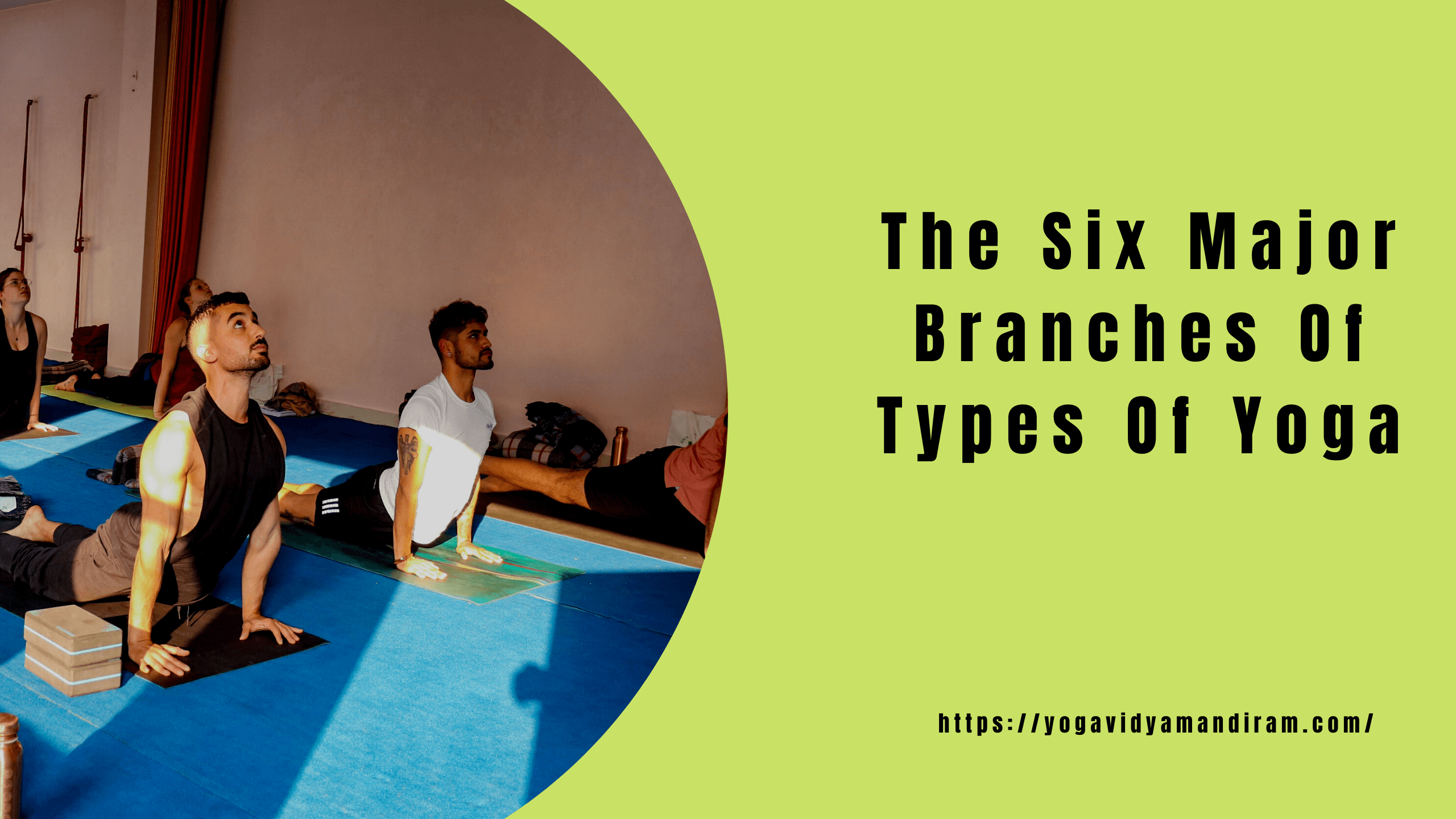Yoga is a type of exercise, but it’s also more than that. Yoga is a lifestyle, and can be done anywhere you are. If you are looking for the perfect place to try your first class or want to expand your practice, then this list of the six major types of yoga might be a good start!
Yoga Asanas
The different types of yoga are as follows:
- Hatha Yoga
- Iyengar Yoga
- Kundalini Yoga
- Vinyasa Yoga
- Ashtanga Yoga
- Bikram Yoga
Yoga Breathing Exercises
There are six main branches of yoga: Hatha, Iyengar, Kundalini, Pranayama, Raja, and Satya. Each has its own set of poses and breathing exercises that help to improve the mind, body and spirit.
1. Hatha yoga is the most popular form of yoga. It emphasizes stretching and strengthening muscles while calming the mind. Hatha poses can be done with or without props.
2. Iyengar yoga is more challenging than hatha and requires more concentration and focus.
3. Kundalini yoga helps to awaken the energy within the body.
4. Pranayama is a type of breath control that helps to calm the mind and clear the lungs.
5. Raja yoga focuses on controlling the flow of energy in the body.
6. Satya yoga teaches patience and concentration.
Must Read: 200 Hour Yoga Teacher Training in Rishikesh
Modern Yoga
Yoga has been around for centuries and has evolved over time into six major branches or styles of yoga, each with its own set of benefits.
The six branches of yoga are as follows:
Hatha Yoga: This style focuses on physical postures and breath work to improve overall flexibility and strength. It is typically used to relieve stress and anxiety.
Iyengar Yoga: This form of yoga is more physical and focuses on the use of props such as blankets, blocks, and chairs to help students achieve deeper stretches and concentration. It is often used to treat back pain, neck pain, and other general aches and pains.
Vinyasa Yoga: This style is all about flowing from one pose to the next with a sense of flow or rhythm. It is often used to improve circulation, boost energy, and increase flexibility.
Bikram Yoga: This type of yoga is considered hot yoga because it is performed in a heated room that reaches a temperature of 105 degrees Fahrenheit. The heat helps stretch the muscles and improve flexibility.
Ashtanga Yoga: This form of yoga requires students to perform 26 different poses in two sessions spread over a 48-hour period. The poses are performed in a specific sequence to strengthen the body.
Cardio Yoga: This type of yoga focuses on cardiovascular health and stamina, which is good for relaxing after a long day’s work. The poses include basic aerobics moves that improve balance, coordination, and energy.
Yoga Basics
There are many different types of yoga, some of which use props or require special clothing like head bands or mats. There is also hatha yoga, where participants wear loose clothing to protect the skin from sun and heat exposure; vinyasa yoga; bikram yoga; and ashtanga yoga among others.
Traditional Yoga
The major branches of traditional yoga are Hatha Yoga, Raja Yoga, Ashtanga Yoga, Iyengar Yoga and Kundalini Yoga. Each has its own unique features and benefits that make it the perfect yoga practice for specific individuals.
Hatha Yoga is the most common form of yoga and is focused on strengthening the body’s muscles. It is recommended for people of all ages and can be practiced at any fitness level.
Karma Yoga – The path of self-transcending action in which the practitioner renounces the “fruit” of all his deeds.
Raja Yoga is designed to improve flexibility and balance. It is especially good for people who have difficulty with traditional poses or who are new to yoga.
Ashtanga Yoga is a vigorous form of yoga that focuses on breath control, concentration, and strength. It is best suited for those who are experienced with yoga or who are looking to increase their cardio endurance.
Iyengar Yoga is a slower form of yoga that allows students to focus more on their breathing and relaxation. It is beneficial for people who want to improve their flexibility, coordination, and balance.
Kundalini Yoga: Traditional yoga is the oldest form of yoga and it is based on the philosophy of Patanjali. It is a physical, mental, and spiritual practice that helps people to connect with their bodies, minds, and souls.
Must Read: Solo Travel for Female Yogis in India



Leave a Reply